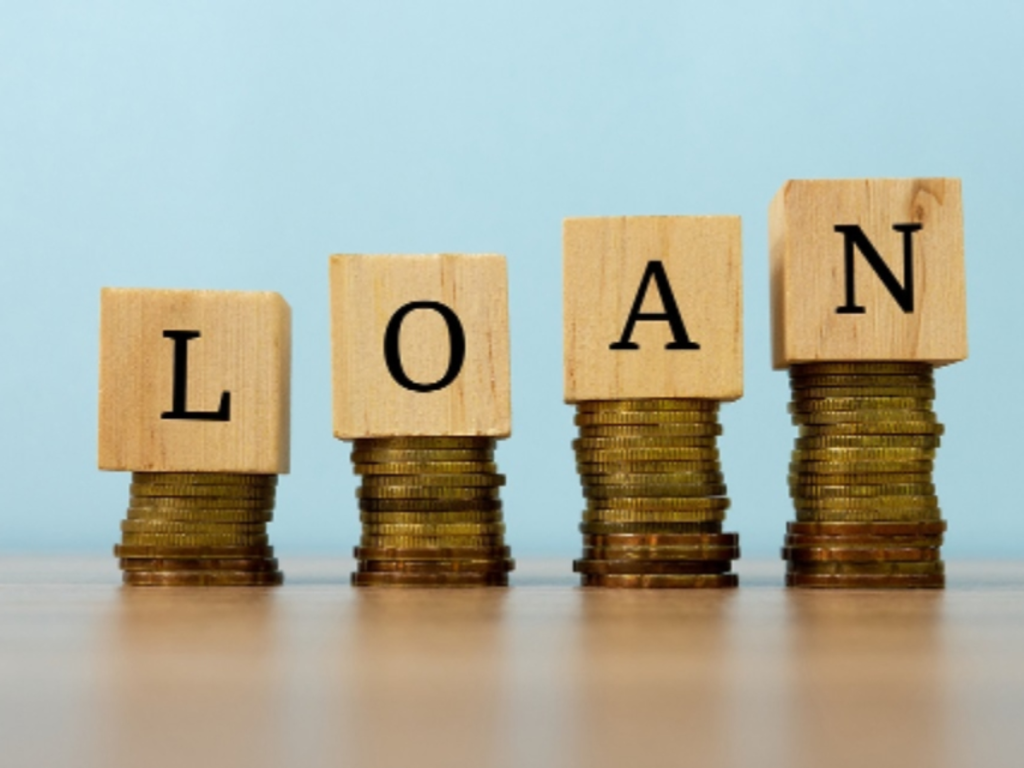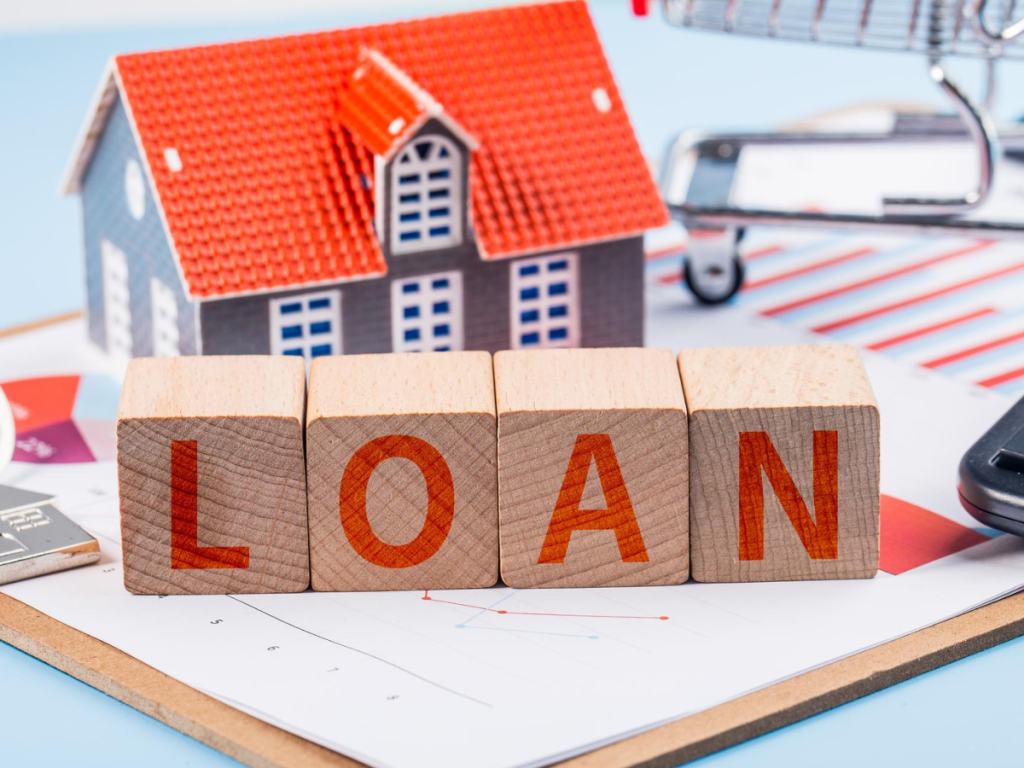Introduction
In lending, the most important aspect affecting your financial well-being is the interest rate applied to your loan. Even the smallest variation can have a tremendous impact on the total cost of borrowing. As personal loans remain a very popular form of financing in 2025, knowing how to secure the best interest rate can save you thousands over the life of the loan. Here is an in-depth guide to help you navigate this process effectively.
What Is an Interest Rate and Why Does It Matter?
The interest rate is the percentage of the loan amount that a lender charges you as a fee for borrowing money. It’s essentially the cost of borrowing. A lower interest rate means smaller monthly payments and less money paid in interest over time, while a higher rate can lead to financial strain and increased borrowing costs. Understanding how interest rates work is essential to making informed decisions about your loan.
Factors That Influence Your Interest Rate
Before diving into how to secure the best rate, it’s important to understand the key factors that influence your personal loan interest rate in 2025:
- Credit Score: Lenders use your credit score as a measure of your reliability as a borrower. Higher credit scores indicate lower risk and typically qualify for better rates.
- Debt-to-Income Ratio (DTI): This measures your total monthly debt payments relative to your monthly income. A lower DTI indicates financial stability and can lead to lower rates.
- Loan Amount and Term: Larger loan amounts or longer repayment terms often come with higher rates due to increased risk for the lender.
- Economic Trends: Market interest rates are affected by the overall economic environment. Inflation, Federal Reserve decisions, and demand in the market all contribute.
- Lender Type: Various lenders, including traditional banks, credit unions, or online lenders, charge different interest rates according to their risk appetite and lending strategies.
Ways to Obtain the Best Interest Rate in 2025
1. Work to Establish and Sustain a Superior Credit Score
Your credit score remains the most important factor in obtaining the lowest interest rates. In strengthening your credit score for the year 2025, look to:
Paying bills in time is an activity that will help avoid significant deterioration in your score.
Reducing outstanding debt-both by paying off existing loans and credit card balances-will improve your credit utilization ratio, another key component of your score.
- Don’t Open Too Many New Accounts: Each new application initiates a hard inquiry on your credit report, lowering your score for a period.
- Check Your Credit Report Periodically: Review for errors or suspicious activity and contest inaccuracies. Use free resources such as Credit Karma or paid annual credit report services to view your reports.
2. Shop Around and Compare Multiple Lenders
No two lenders are alike. Their interest rates do significantly vary. Take your time to compare offers that are coming in from:
- Traditional banks.
- Credit unions, which often have more favorable rates for members.
- Online lenders, known for their competitive rates and fast approvals.
- Peer-to-peer lending platforms, where borrowers with excellent credit can get interest rates that are lower than those of the general market.
3. Utilize Prequalification Tools
Most lenders provide prequalification tools, which do not affect your credit score, allowing you to estimate rates. You can compare several offers and select the best one according to your financial needs.
4. Negotiate for Better Rates
If you’re in a strong financial position, don’t hesitate to negotiate with lenders. Emphasize your excellent credit history, stable income, and low debt-to-income ratio as leverage to secure better terms. If you’ve received a lower offer from another lender, share that information—lenders may match or even beat the offer to win your business.
5. Opt for a Shorter Loan Term
While longer loan terms may offer lower monthly payments, they usually come with higher interest rates over the life of the loan. A shorter term, such as 24 or 36 months, can reduce the interest rate and save you money in the long run.
6. Consider Collateral for Secured Loans
Secured loans are usually at a lower interest rate than unsecured loans, which you can secure with a car, savings account, or other assets. However, keep in mind that you may lose the collateral if you fail to pay the loan.
7. Apply with a Co-Signer
If your credit score is not at its best, consider enlisting the aid of a family member or trusted friend with a spotless record to co-sign a loan. This reduces the risk involved for lenders and may lead to a lower rate. Be aware that your co-signer is equally obligated to the debt, and only do this if both parties are aware of the implications.
8. Check the Trends in the Economy
Interest rates are sometimes volatile, and it is mostly influenced by economic conditions. For example, when the Federal Reserve lowers benchmark rates, it could be a great time to apply for a loan. Keep track of financial news to find the best times to borrow in 2025.
9. Become a Member of a Credit Union
Credit unions are member-centric financial institutions, often offering lower rates than a traditional bank. If you are eligible to join, a credit union is an excellent source for a personal loan.
10. Consolidate or Refinance Existing Debts
If you have high-interest loans already, it might be a good idea to roll them into a personal loan at a lower rate. Refinancing an existing loan at a lower rate saves you money and streamlines your payments.
Tips to Avoid Common Pitfalls
As important as it is to obtain a low-interest loan, here are some potential pitfalls to avoid:
- Ignoring Hidden Fees: Always check for origination fees, prepayment penalties, or other charges that can increase the total cost of the loan.
- Taking on More Debt Than Necessary: Only borrow what you need, as higher loan amounts increase the financial burden.
- Failing to Read the Fine Print: Ensure you fully understand the loan terms, including repayment schedules and penalties.
The Role of Technology in 2025
In 2025, technology makes the loan process much easier when applying for a personal loan. Leverage AI for tools and platforms to compare the rates, the prequalification offer, and keeping track of loans. Most institutions have developed a mobile app and provide updates online in real time, which further helps keep abreast of every payment.
Frequently Asked Questions About Personal Loan Interest Rates in 2025
To give you an even better understanding of how to secure the best interest rate for your personal loan, here are some frequently asked questions and their answers:
1. What Is Considered a Good Interest Rate for Personal Loans in 2025?
A good interest rate depends on your credit score, the loan term, and the lender, but by 2025, the range for excellent borrowers with a score of 750 or above can be 5% to 8%. Average credit borrowers, or those with a score of 650–749, may find their interest rates fall within the 9% to 15% range, and poor credit borrowers may have interest rates of 16% or higher.
2. Can I Negotiate My Personal Loan Interest Rate?
Yes, negotiating is possible and can often lead to better terms. If you have good credit and a great financial track record, you can use that to your advantage and ask your lender to reduce your interest rate. Prepare some evidence of competing offers or prove that you’re a reliable borrower.
3. Are Online Lenders Reliable?
Absolutely. Online lenders have become increasingly popular in recent years and are often able to offer competitive interest rates due to lower overhead costs compared to traditional banks. Be sure to check reviews, Better Business Bureau (BBB) ratings, and customer feedback before applying to the lender.
4. Is It Better to Apply for a Fixed or Variable Interest Rate Loan?
A fixed interest rate remains the same throughout the loan term, ensuring consistent monthly payments, while a variable interest rate fluctuates based on market conditions. If interest rates are projected to increase, a fixed rate is safer. However, if rates are expected to decline, a variable rate could save you money. In 2025, evaluate market trends and your risk tolerance when deciding.
5. How Does My Employment Status Affect My Interest Rate?
Lenders consider your income stability to ensure you can repay the loan. If you have a steady job with a good income, you are likely to secure a lower interest rate. Self-employed individuals or those with irregular income streams may face higher rates unless they provide substantial documentation of their financial stability.
6. Can Refinancing Help Me Get a Better Interest Rate?
Yes, refinancing an existing personal loan can help you secure a better interest rate, especially if your credit score has improved or market rates have dropped since you took out the loan. Compare the costs of refinancing (e.g., origination fees) against the savings to ensure it’s worth it.
How Economic Trends Impact Personal Loan Rates in 2025
One significant determinative factor for a personal loan rate is the current state of the economy. Below are some other key factors forming the financial direction in 2025:
Inflation: A nation with high levels of inflation usually causes central banks to increase rates since there is excessive spending, which results in increasing lending rates.
Policies of Federal Reserve: Whether the Federal Reserve increases or reduces its benchmark rate, it dramatically influences consumer lending costs.
- Market Competition: The entry of fintech lenders into the market has brought increased competition, making the rates to the borrower even more competitive.
Knowing all this will enable you to determine the best time to apply for a loan.
Bonus Tips to Increase Your Loan Savings
1. Do Not Miss Your Payment Date
This might incur penalties and harm your credit score, hence lowering your chances of getting a favorably low interest rate on future loans. Set up autopay or reminders to ensure you never miss a due date.
2. Make Extra Payments
Paying more than your monthly minimum can reduce your loan principal faster, which decreases the amount of interest you’ll pay over time. Check with your lender to ensure there are no prepayment penalties before making extra payments.
3. Build an Emergency Fund
Before taking out a personal loan, establish a financial safety net to cover unexpected expenses. This reduces the likelihood of falling behind on your payments and damaging your credit score.
4. Work With a Financial Advisor
If you’re unsure about the best way to secure a low-interest personal loan, consulting with a financial advisor can provide personalized advice based on your unique financial situation and goals.
Conclusion: Smart Borrowing in 2025
Preparation, research, and strategic financial planning are necessary to secure the best interest rate on a personal loan in 2025. Improving your credit score, comparing multiple lenders, and understanding the factors that influence interest rates can save you a lot of money on borrowing costs. Whether you’re consolidating debt, financing a major purchase, or covering an emergency expense, taking the time to make informed decisions will pay off in the long run. Remember, a personal loan is a financial tool—use it wisely to achieve your financial goals without unnecessary stress or costs.

